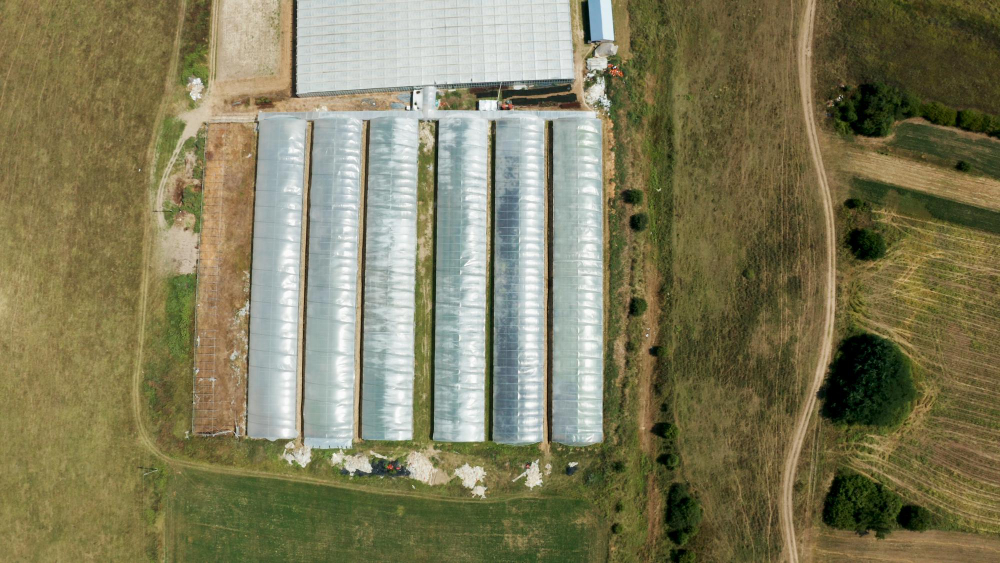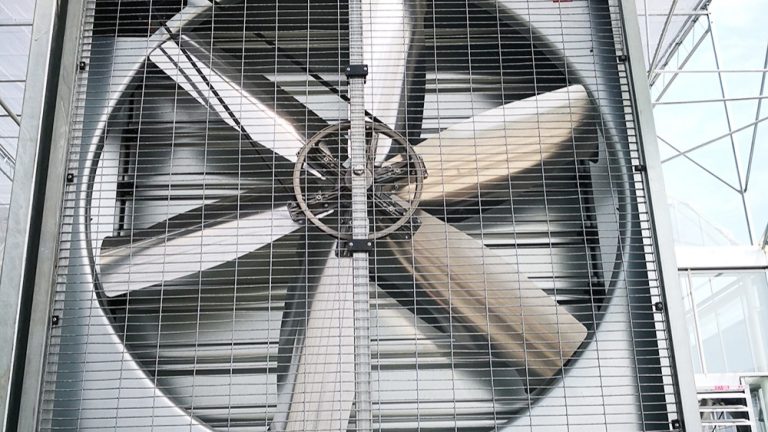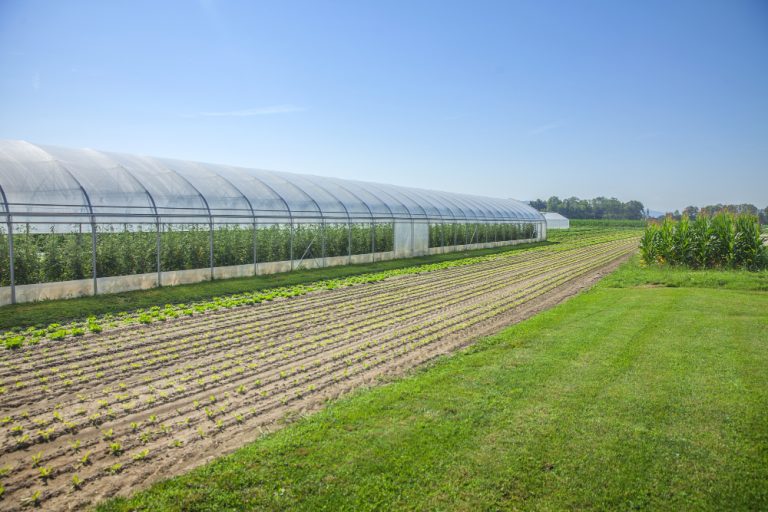
The life expectancy of a polyhouse sheet can vary significantly depending on several key factors. Here’s a breakdown of what influences its lifespan and the typical range you can expect:
- Material Quality: Polyhouse sheets are often made from polyethylene (PE), but the specific type — such as low-density polyethylene (LDPE) or high-density polyethylene (HDPE) — impacts durability. Higher-quality materials tend to last longer.
- Thickness: Thicker sheets are more resistant to damage and wear, which can extend their usable life.
- UV Stabilization: Sheets treated with UV stabilizers are better equipped to withstand sunlight exposure, a major cause of degradation, thus prolonging their lifespan.
- Environmental Conditions: Harsh weather like extreme temperatures, strong winds, or intense sunlight can shorten the sheet’s life. Milder conditions typically allow it to last longer.
- Maintenance: Proper installation and regular cleaning can significantly enhance durability, while neglect or poor setup may lead to quicker deterioration.
Typical Lifespan
Under normal circumstances, a standard polyhouse sheet has a life expectancy of 2 to 5 years. However, with high-quality materials, effective UV protection, adequate thickness, and diligent care, some sheets can last up to 10 years or more.
Conclusion
While the lifespan of a polyhouse sheet generally falls between 2 and 5 years, it’s not a fixed number — it depends heavily on the factors mentioned above. For the most accurate estimate, consider the specific sheet quality and your local conditions, or refer to the manufacturer’s recommendations.




